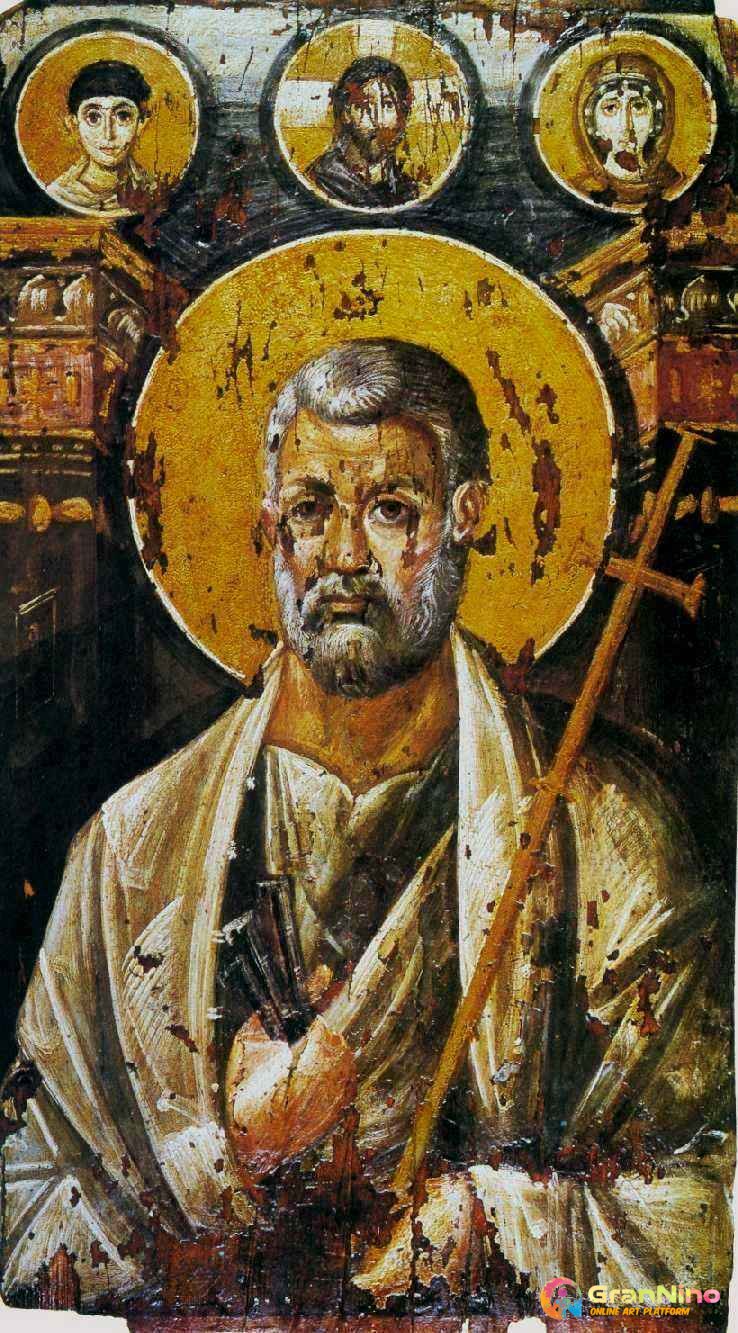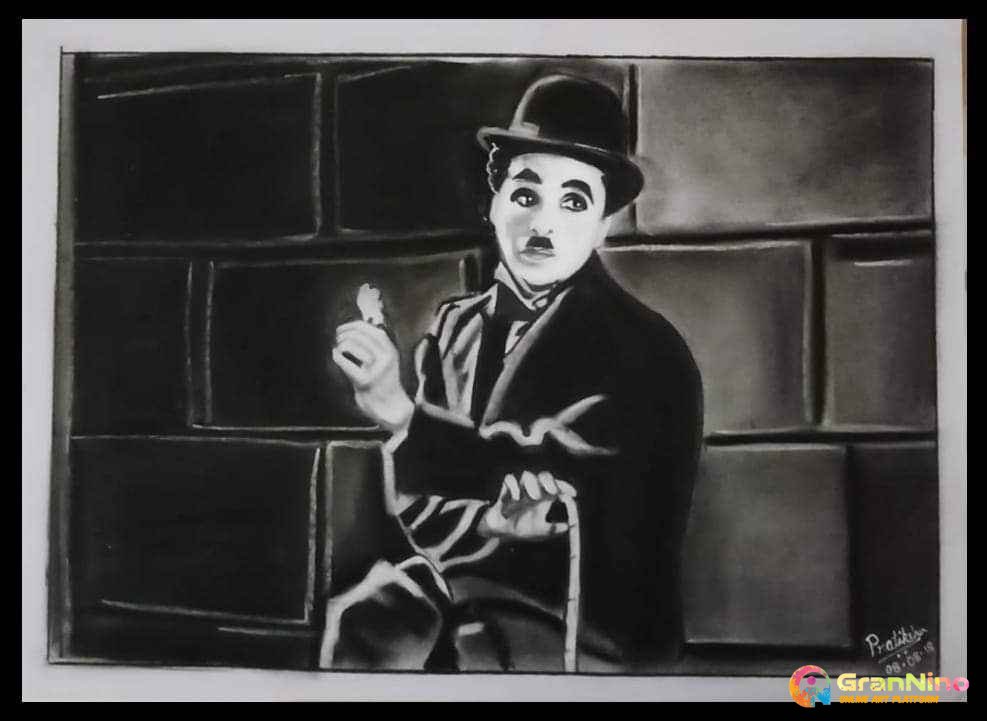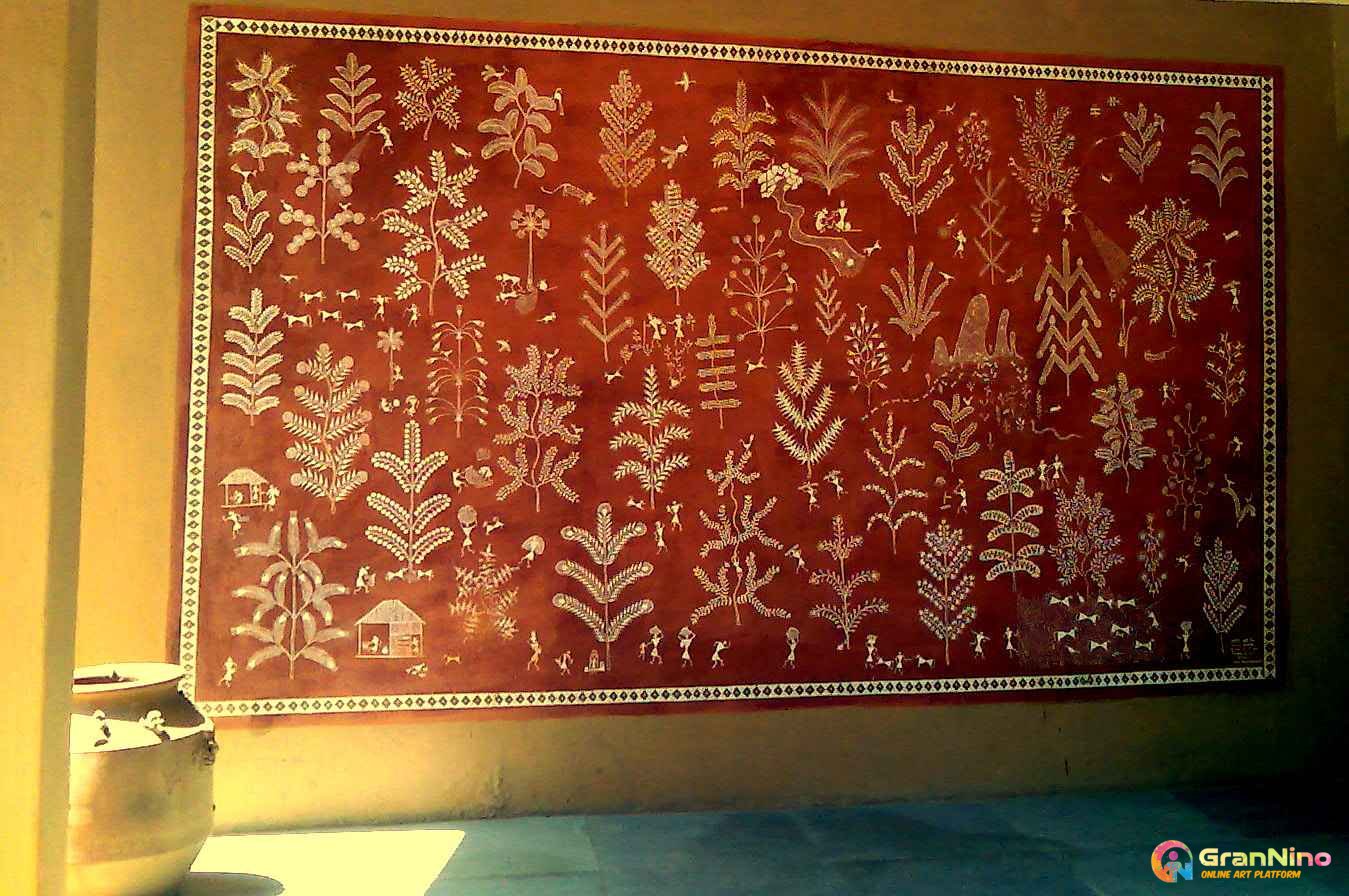Difference Between Encaustic and Spray Paint Painting
In ancient Greek and Roman painting, encaustic painting was a popular technique. The word "encaustic" comes from the Greek word "enkaustikos," which meaning "to heat or burn." The Roman scholar Pliny the Elder explained the wax encaustic painting technique in his first-century book Natural History. The Egyptian Romano-Egyptian Fayum mummy portraits, painted between 100 - 300 AD, are the oldest Encaustic panel paintings still in existence. Jasper Johns, Pausias and Benjamin Calau are the name of some famous artists that uses the art medium for their artworks.
On the other hand, Most spray paints are oil-based, and they last longer than latex paint (water based paints). Spray painting is a fast drying oil based painting technique to spray coating material such as paint, ink, varnish onto a painting surface.
Spray painting is a modern painting technique.
In the early 1880s, it was utilized on the South Pacific Railroad. Some well-known spray painting artists are Bansky, JeanMichel Basquiat, and Shepard Fairey. In 1949, Edward Seymour invented a spray paint that could be applied using compressed air in a can.
On the contrary, Aerosol paint is often used as a medium in the spray painting technique. Aerosol paint is stored in a can in a highly compressed state. Volatile hydrocarbons such as propane, n butane, and isobutane, as well as oil-based color pigments, are common constituents in aerosol paints. Spray paint cans are composed of Aluminum to make them more robust.
But, The spray paint is most likely to be waterproof because it is oil based. The water in the paint also rapidly evaporates as it is sprayed, leaving a flexible acrylic layer behind. Artists are able to repaint without bleeding and produce the appearance of a laminated surface since the color is stable and permanent. But if a UV protection coating isn't placed to the painting, it won't be able to withstand sunshine and could fade.
In opposition, Paintings made with spray paint can be flexible, resilient, and toned in a variety of colors. Spray brushes, spray cans, spray booths, and spray guns are used to apply the paint. In comparison to encaustic painting and traditional brush paint, spray paint dries more quickly.
Although, Spray paint is suitable for both indoor and outdoor application on non-porous materials like poster board, wood, glass, metal etc. Graffiti artist uses spray paint for making Street Art as well as Graffiti art on interior and exterior of buildings, trains, etc., as opposed to more traditional art surfaces. Spray paint is dispensed as mist that is easily applied to a variety of surfaces. Spray painting is traditionally used on surfaces such as billboards. For being oil based spray paints are found to be superior rust proofing for metal surface.
Encaustic paintings has many advantages, but there are some disadvantages also. For example, the Encaustic painting needs a heat lamp or heat gun to fuse and bind the medium. Along this, Encaustic paintings should be kept strictly on normal temperature, should avoid direct sunlight, also routinely buffed the paintings within 6 - 12 months using soft lint free clothes like pantyhose.
Instead, Spray painting is excellent for creating multi-layered artworks since it dries faster than other types of painting. It is even more useful for short painting projects because it may be used on pre-shaped frames. However, the painted layers of a spary painting cannot be modified simply, thus the artist must be very talented and experienced. Spray painting like graffiti art is typically seen to be exposed to sunlight all day long, however because of the UV resistant coating, it lasts longer.
Yet, Spray paint is a toxic painting media. Spray painting should be done in open space or a well-ventilated environment. Furthermore, it contains volatile hydrocarbons, which enhance the risk of cache fires and are not good for breathing. As an oil based spray paint, mineral like spirit is required to clean hands or exterior surfaces. Petrochemicals and synthetic materials are used to make the spray paints. As a result, they are all completely vegan friendly
Article Details
Publish Date: 12/12/2021
Related Tags:
encaustic painting grahite color encaustic painting ideas encaustic for beginner spray painting oil based spray spray painting ideas beginner guide for spray painting
Advertise Here Contact us

SUBSCRIBE TO OUR NEWSLETTER
Most Asked Questions:
- Q. How history is influenced by Encaustic Painting ?
- Answer: Encaustic painting, also known as hot wax painting, is a method of making artworks. In ancient Greek and Roman painting, encaustic painting was a pop....Read More
- Q. What is used to make Encaustic Painting?
- Answer: The most basic encaustic media can be made by blending colors with waxes like beeswax and damar resin, as well as other ingredients. Dried powdered pi...Read More
- Q. How is the popularity of Encaustic Painting among Artists ?
- Answer: Using viscous fluids like egg yolk makes the art more creamy like, which allows artists to create smooth strokes on canvas and helps to make a uniform...Learn More
- Q. Explain the difference between Encaustic Painting and Pastel Painting ?
- Answer: Pastel Painting is a form of painting that involves the use of pastel sticks made from pow......, On the other hand, Encaustic painting, also known as hot wa.... Know More
- Q. Where can I buy Encaustic Painting (on Canvas) without commission?
- Answer: If you are looking for best Encaustic Painting for commission free purchase, you can check here.
- Q. How to sell Encaustic Painting online?
- Answer: If you are looking for best place to exhibit and selling Encaustic Painting , you can try GranNino. GranNino provides free art exhibition and commission free art selling.
















